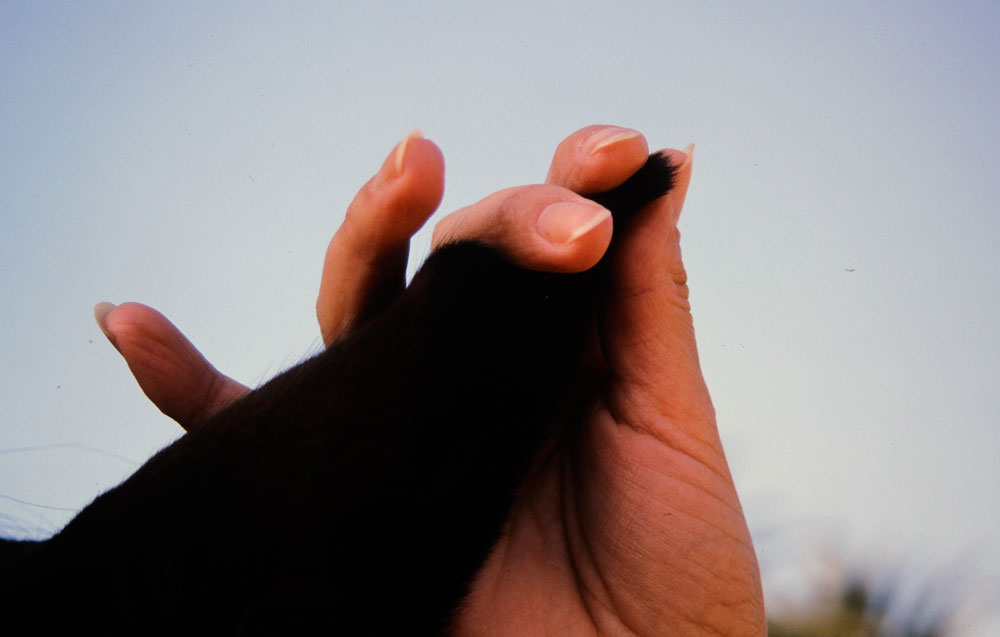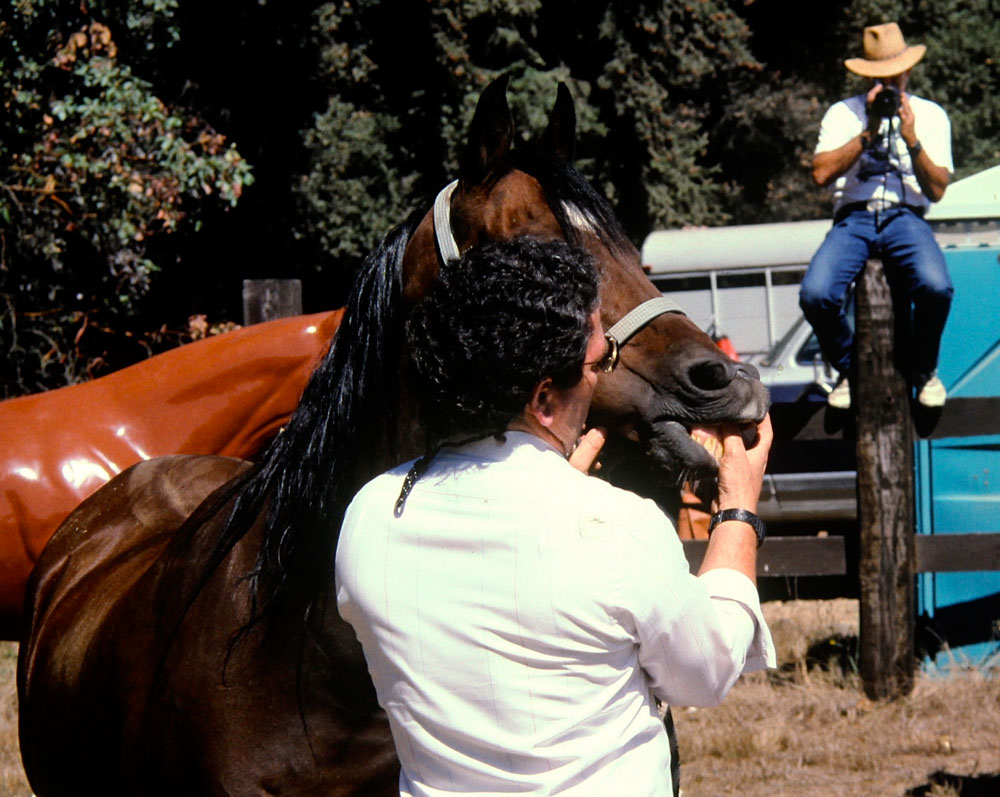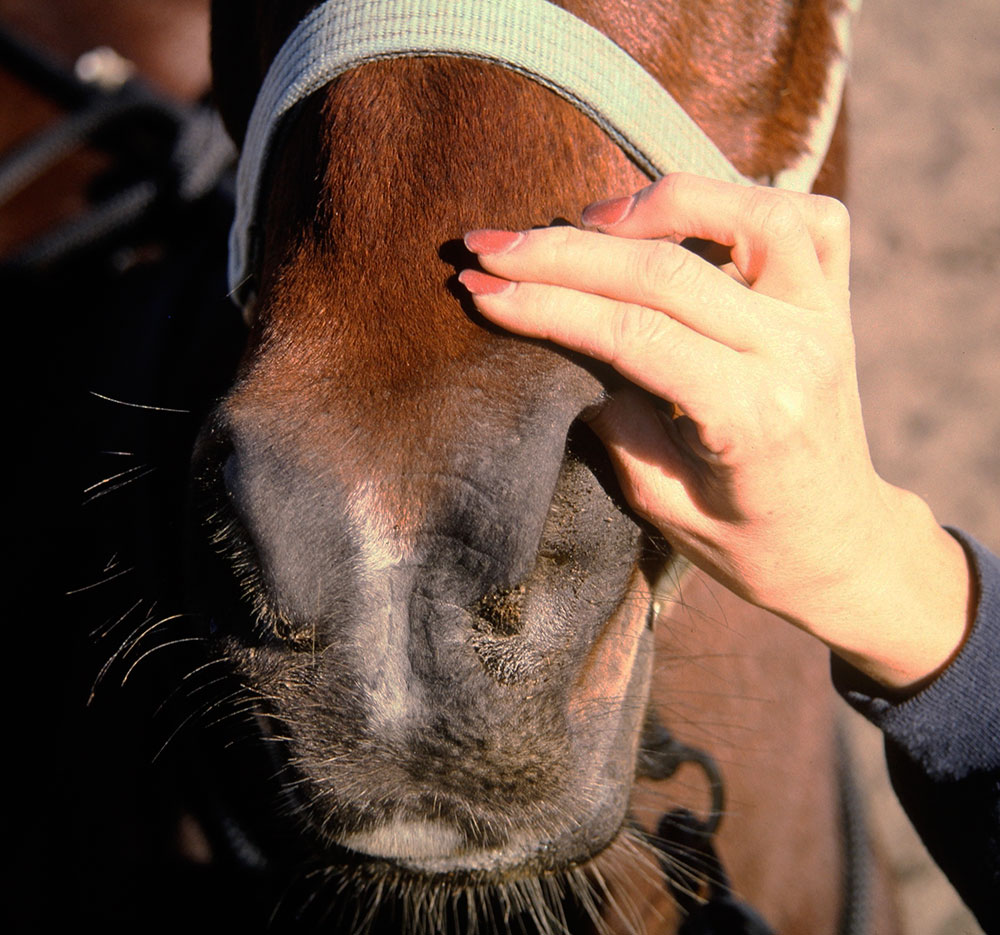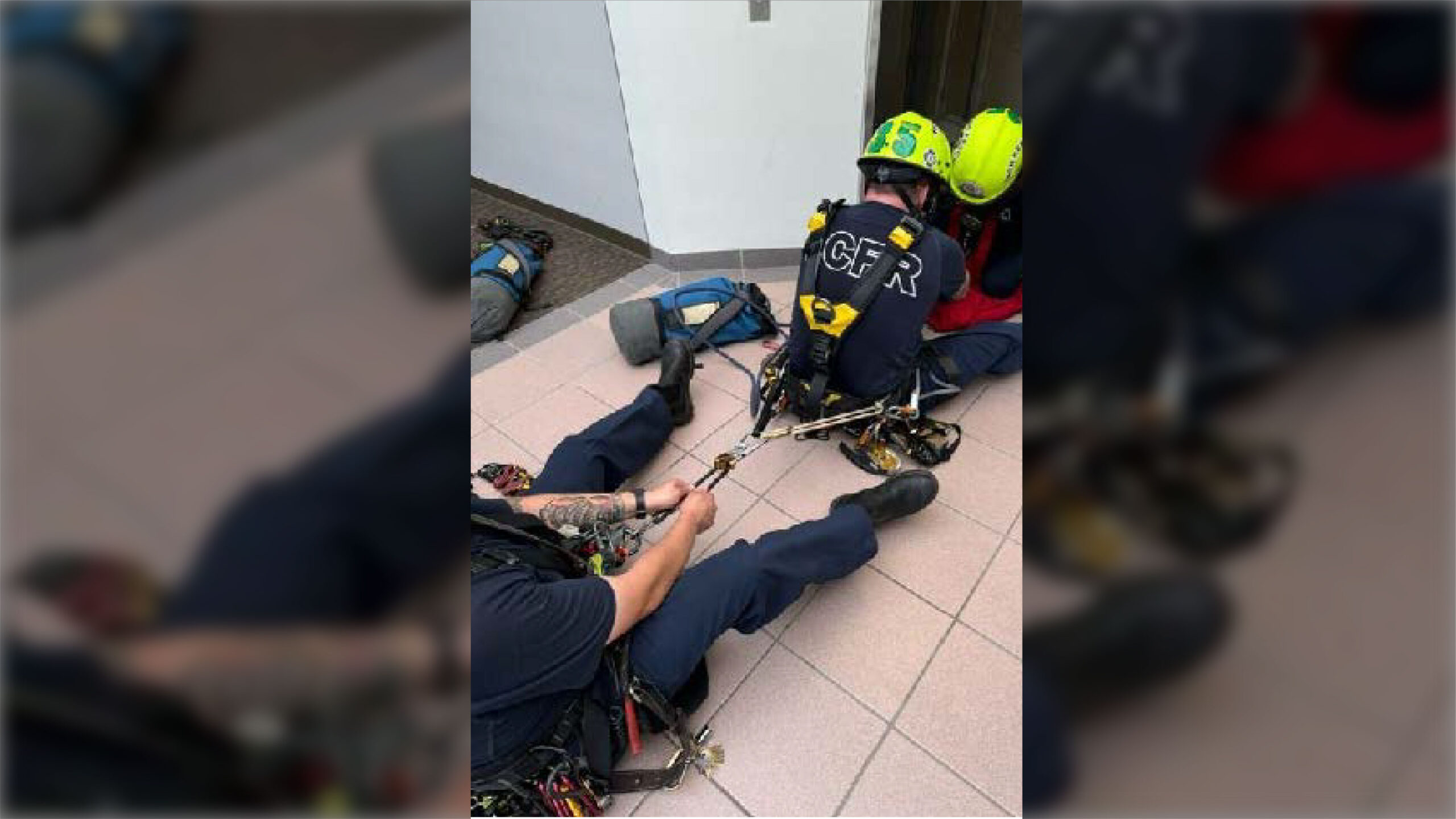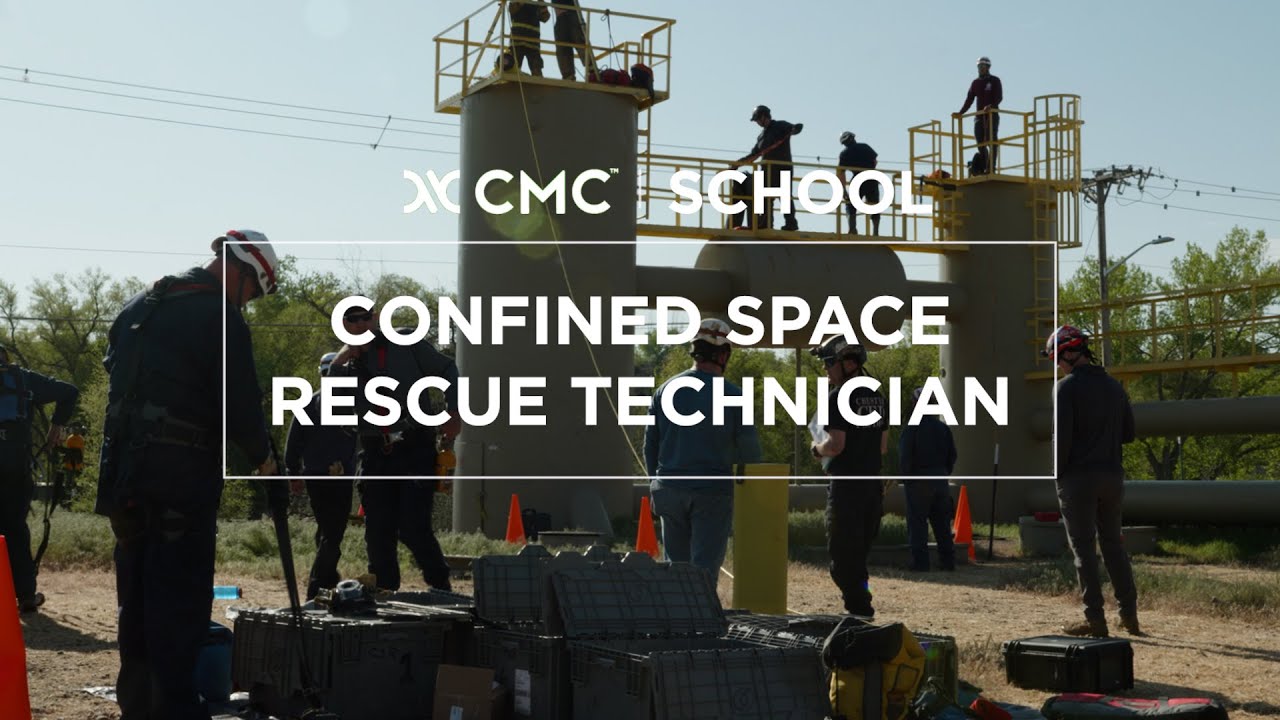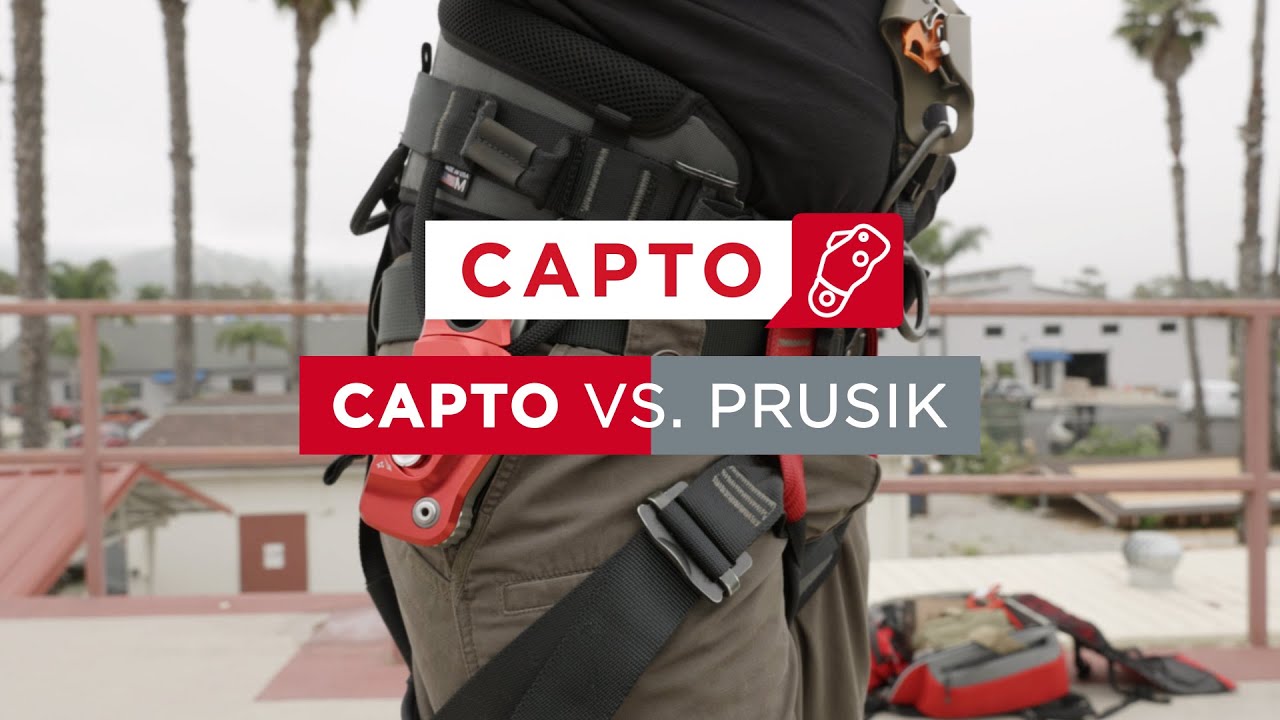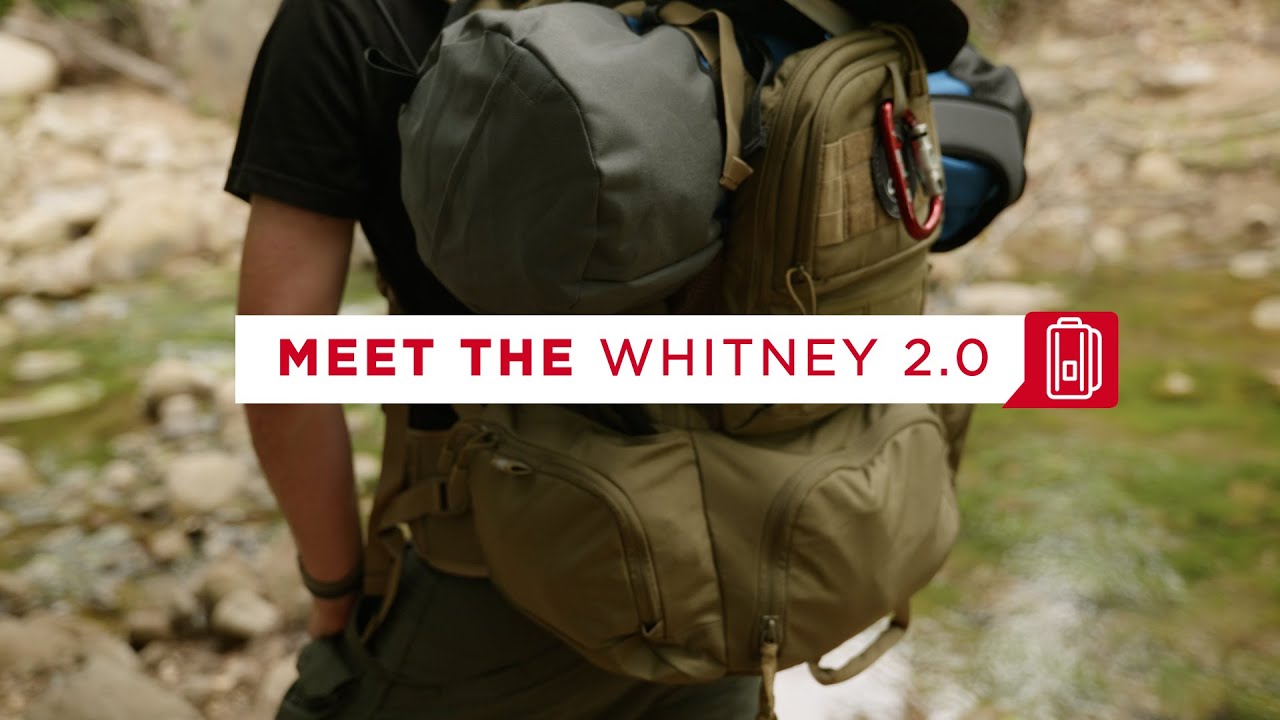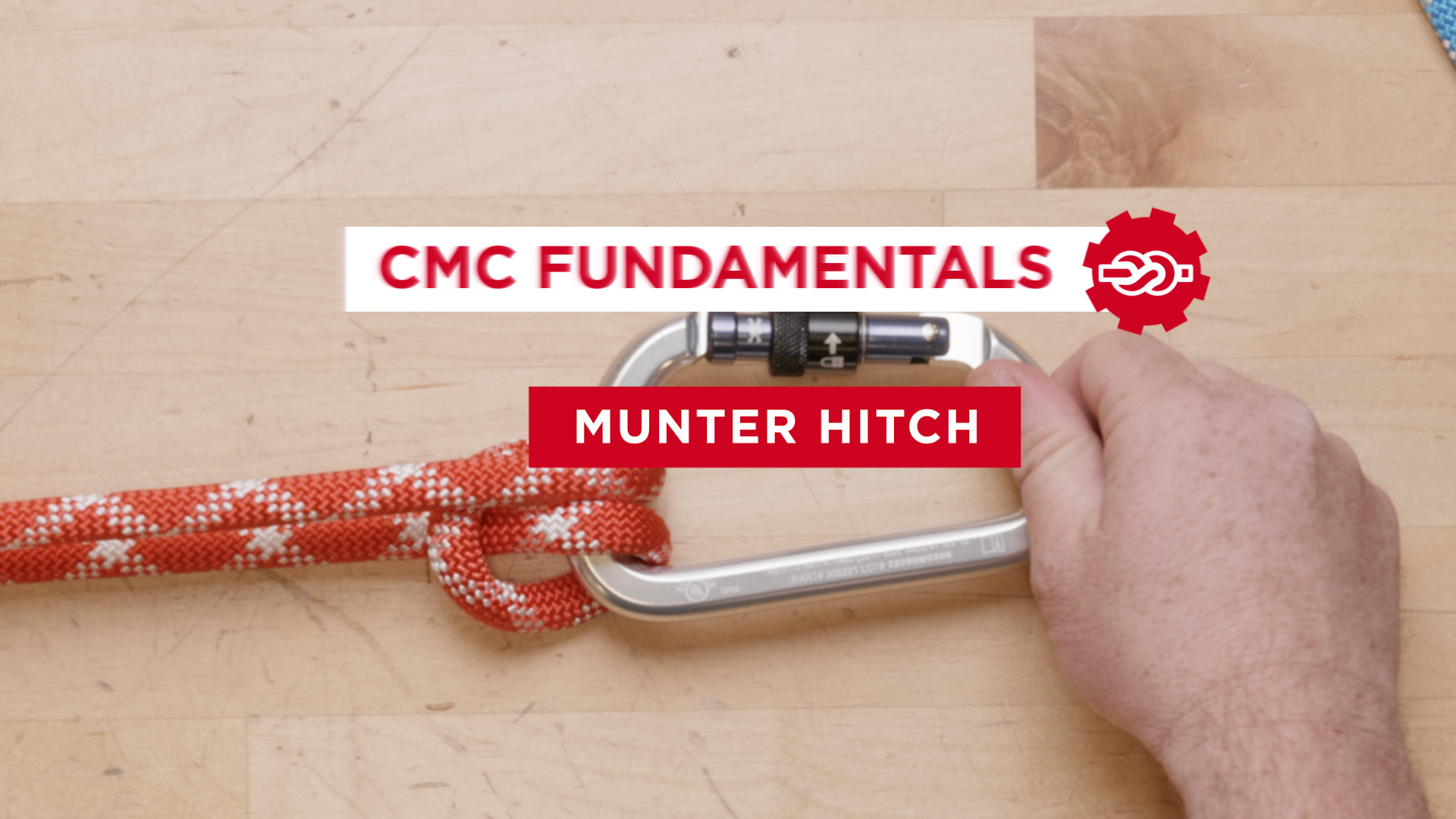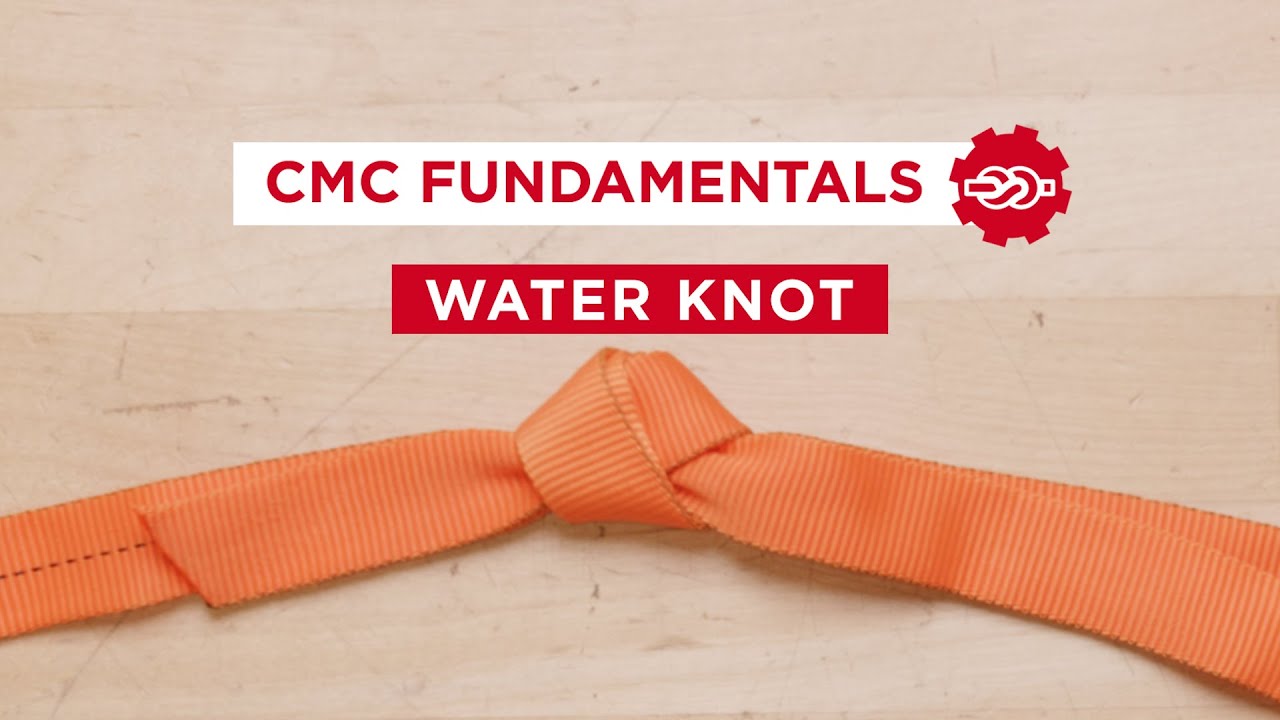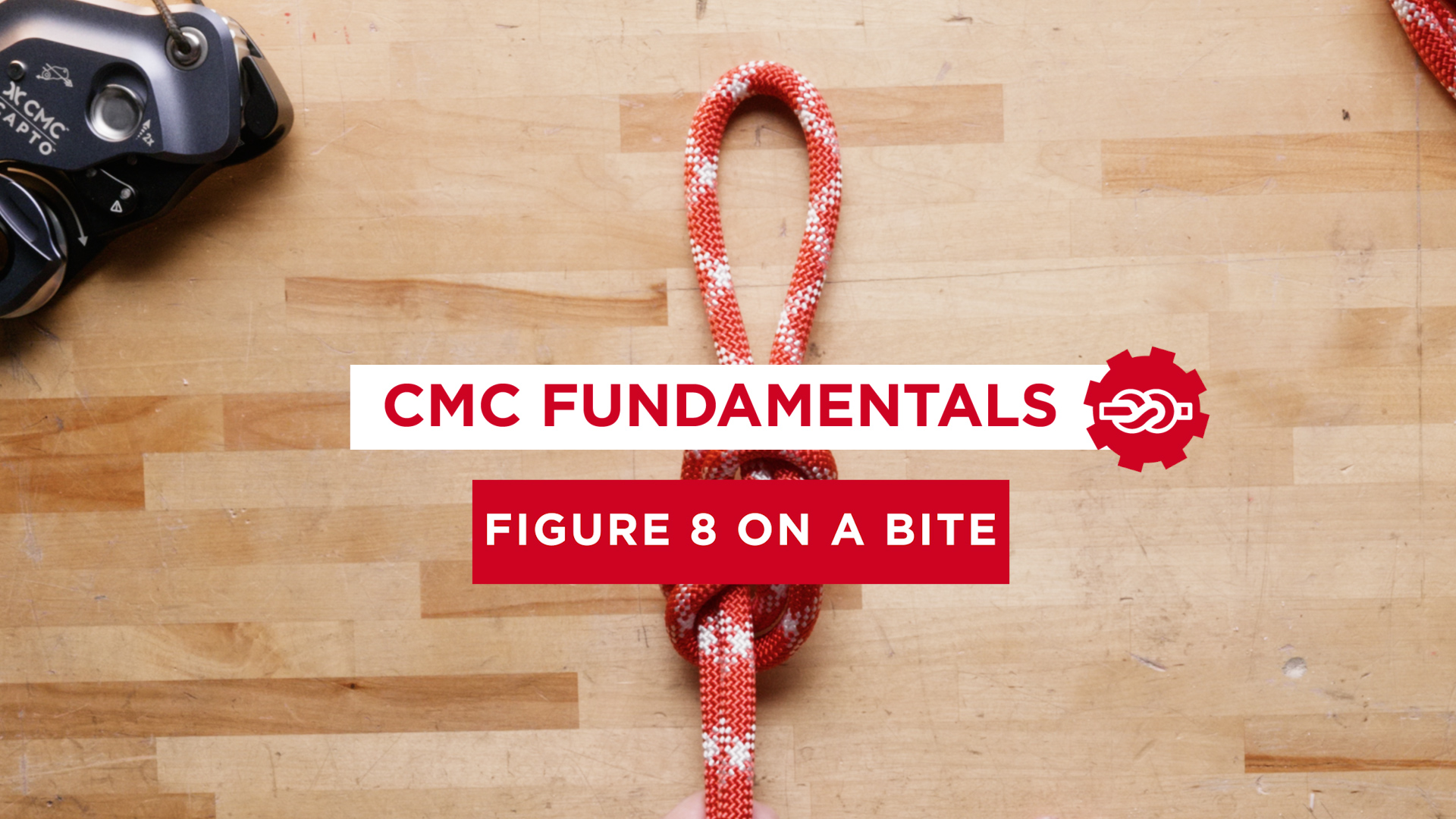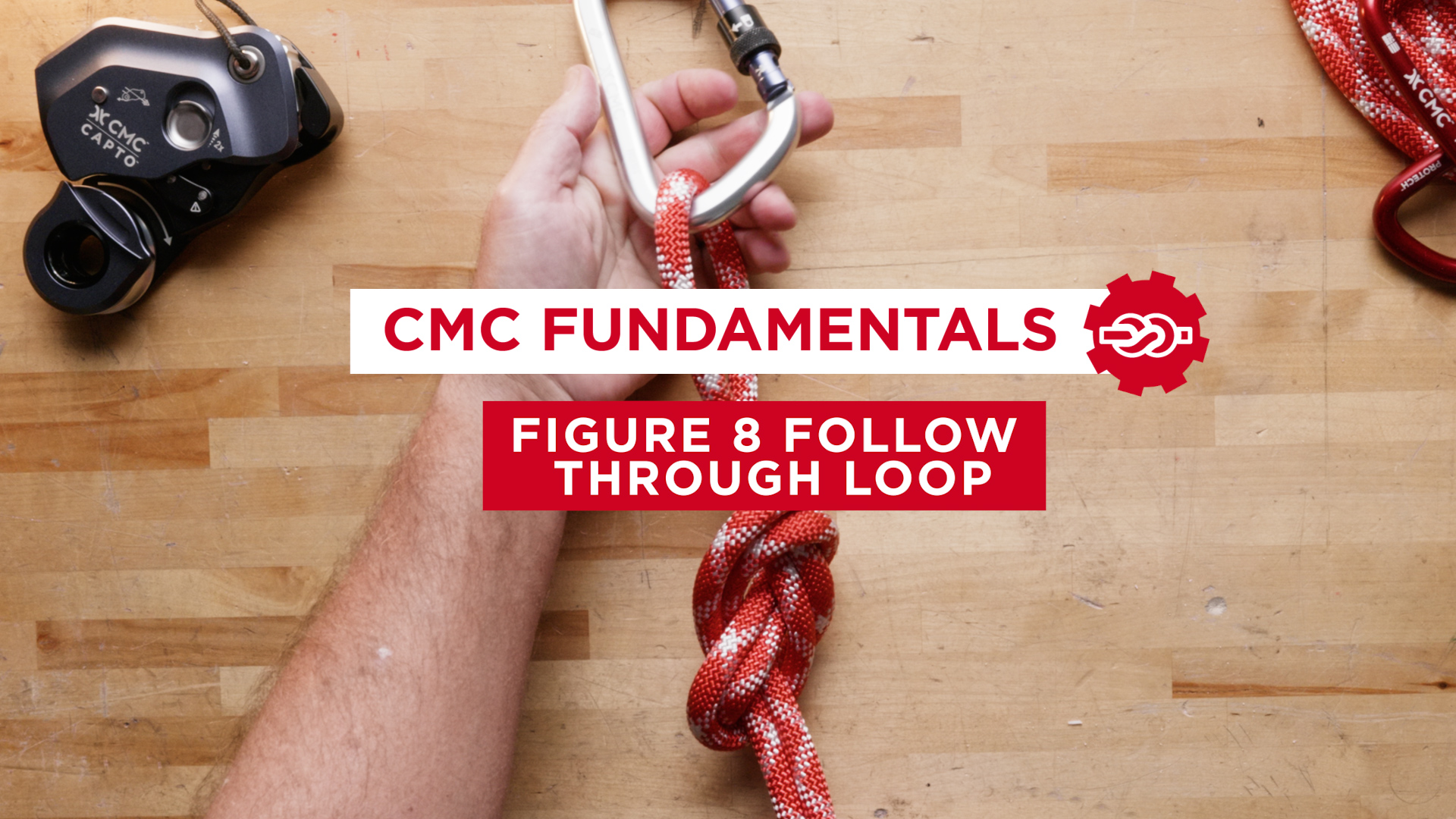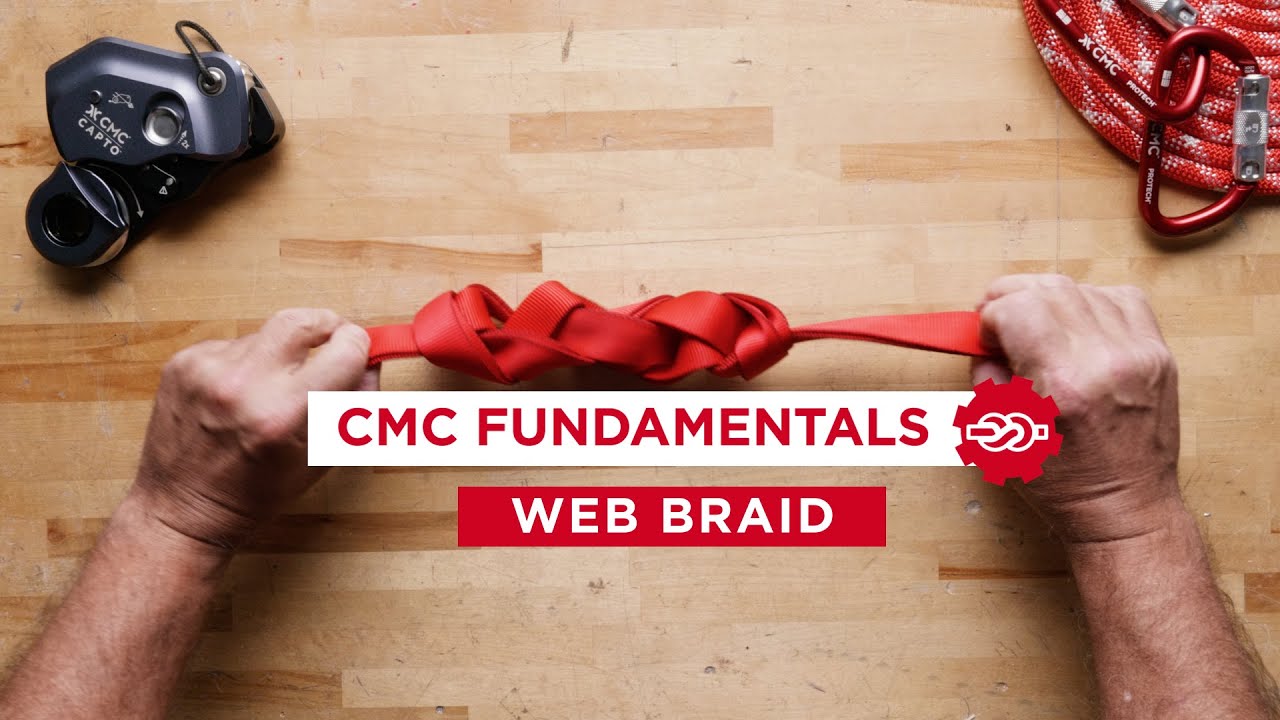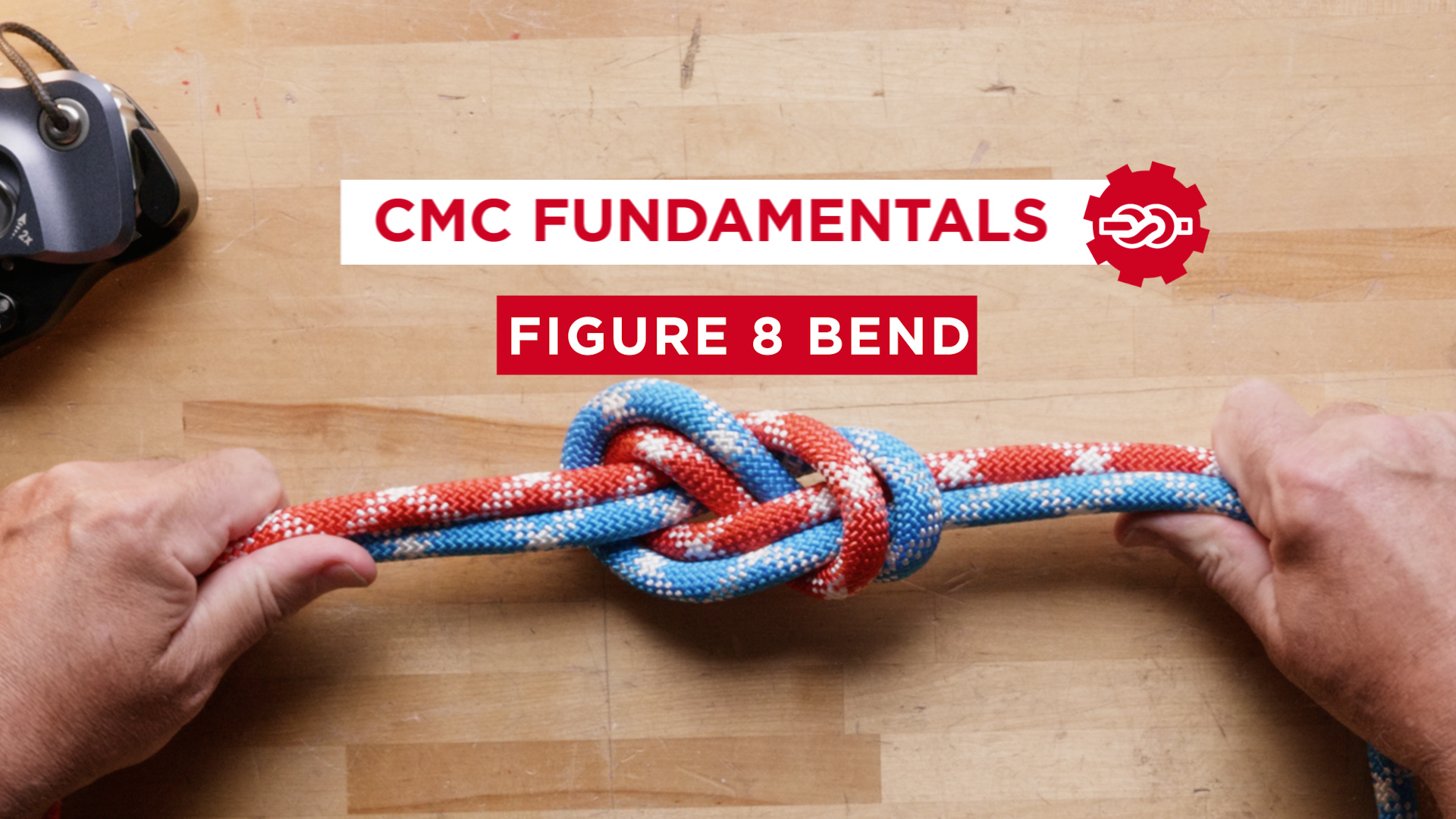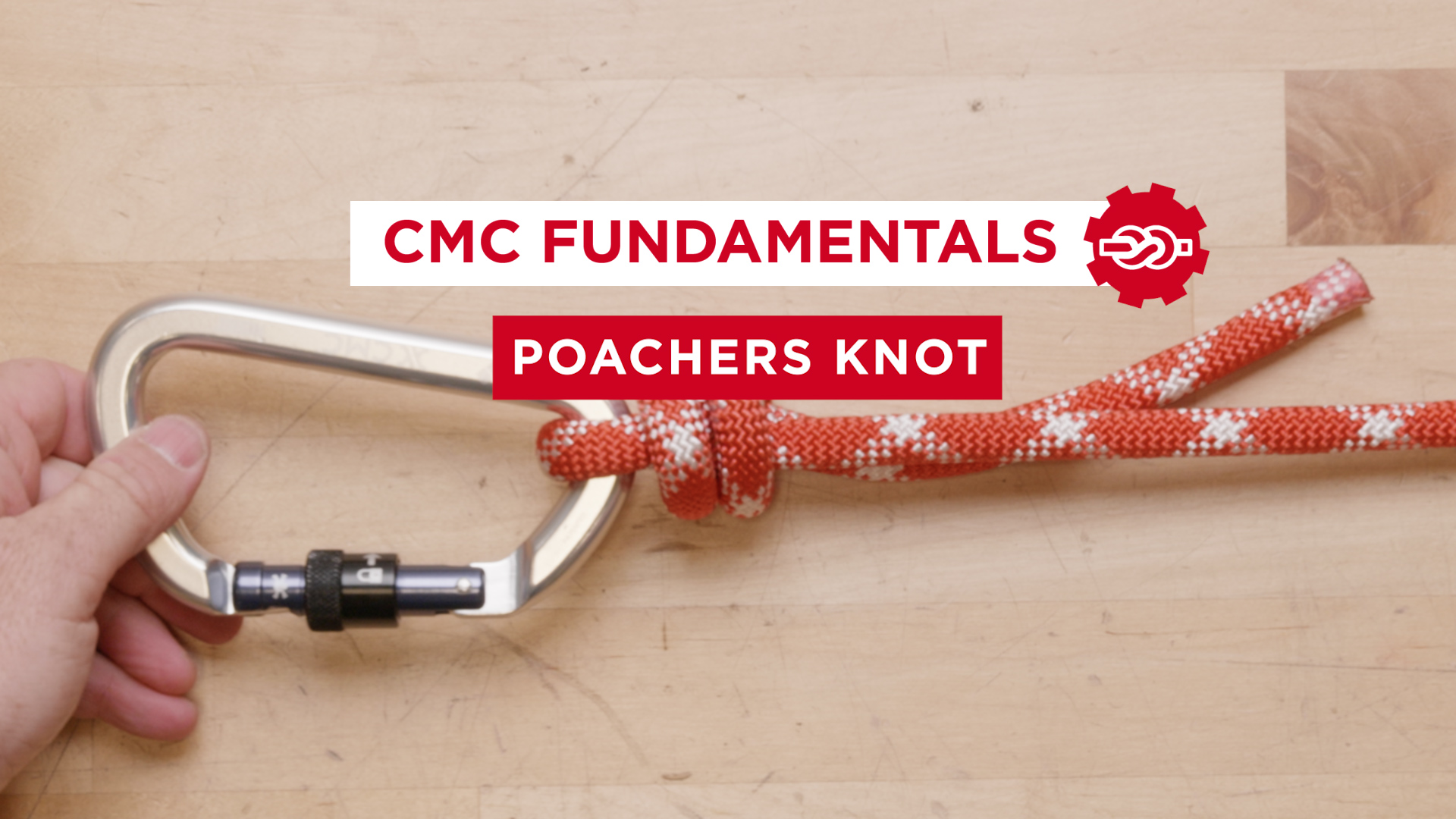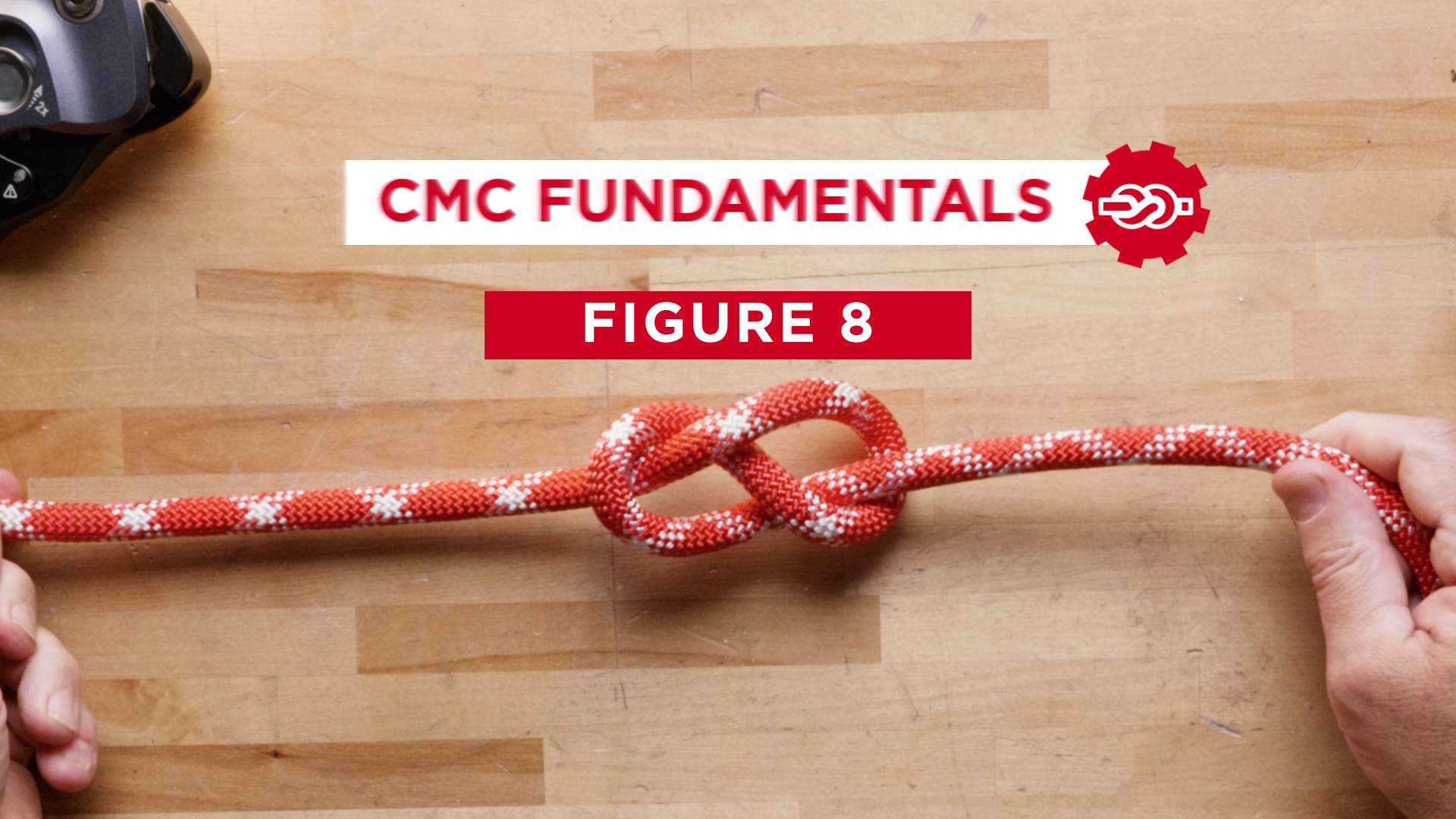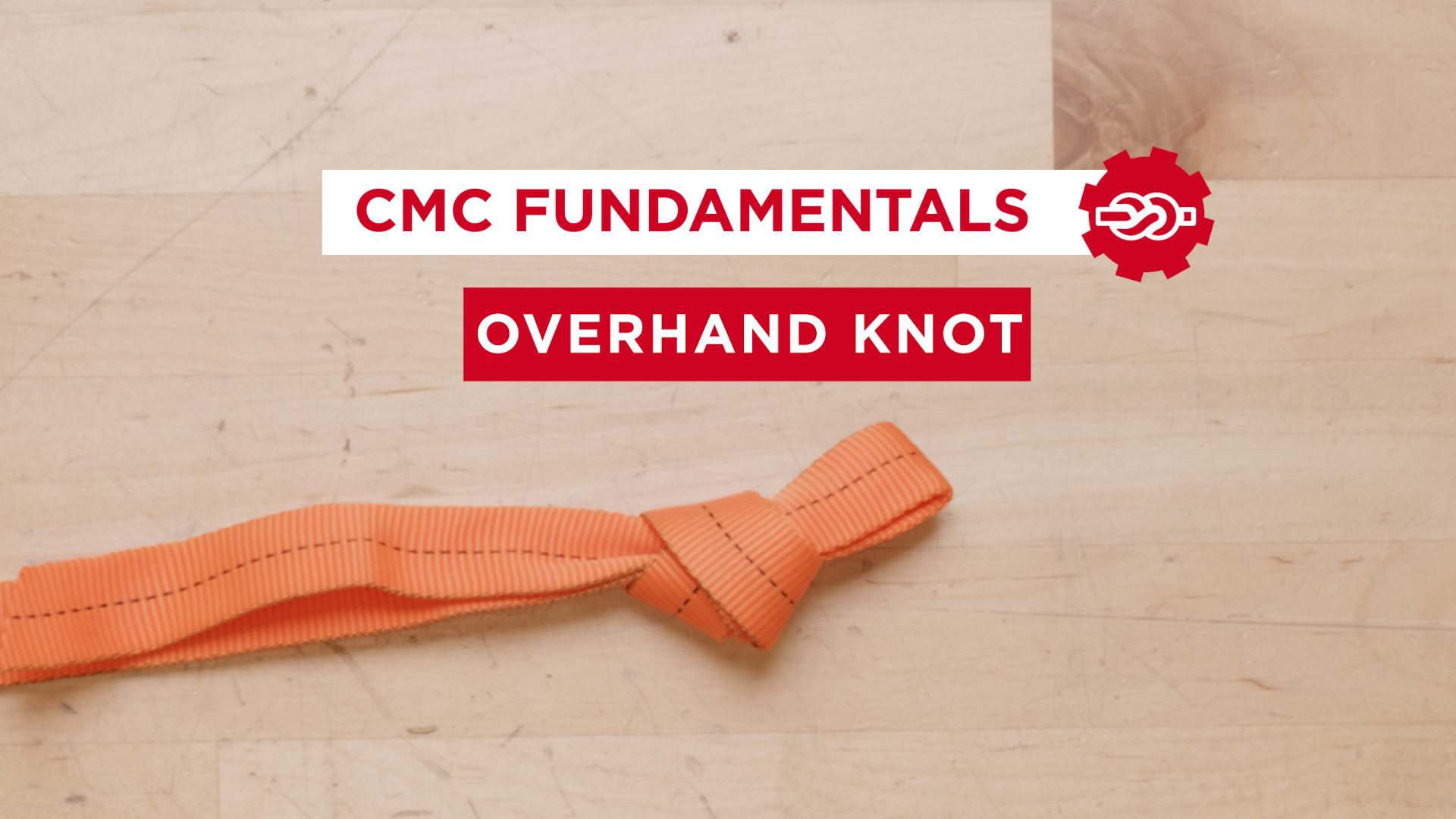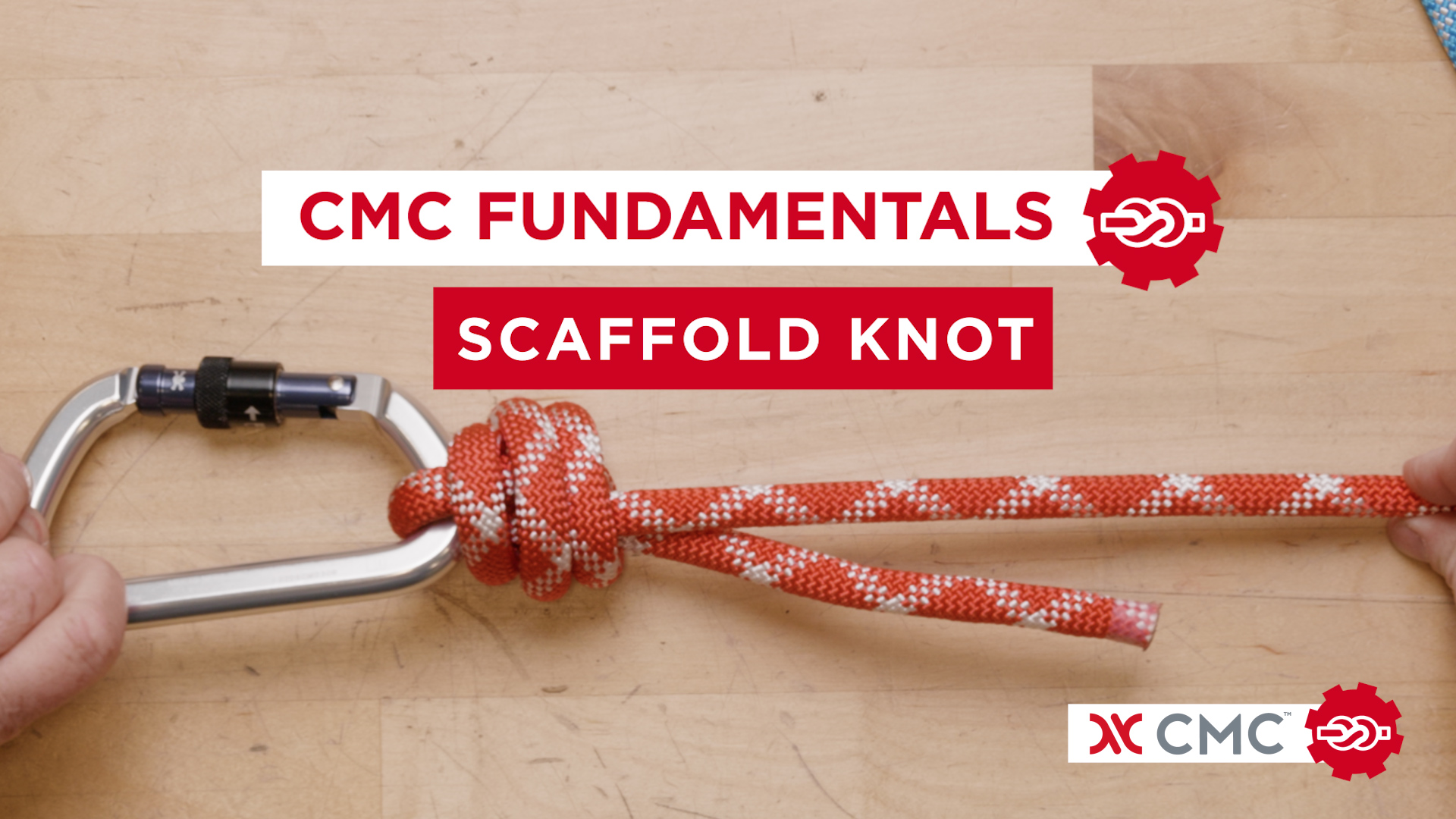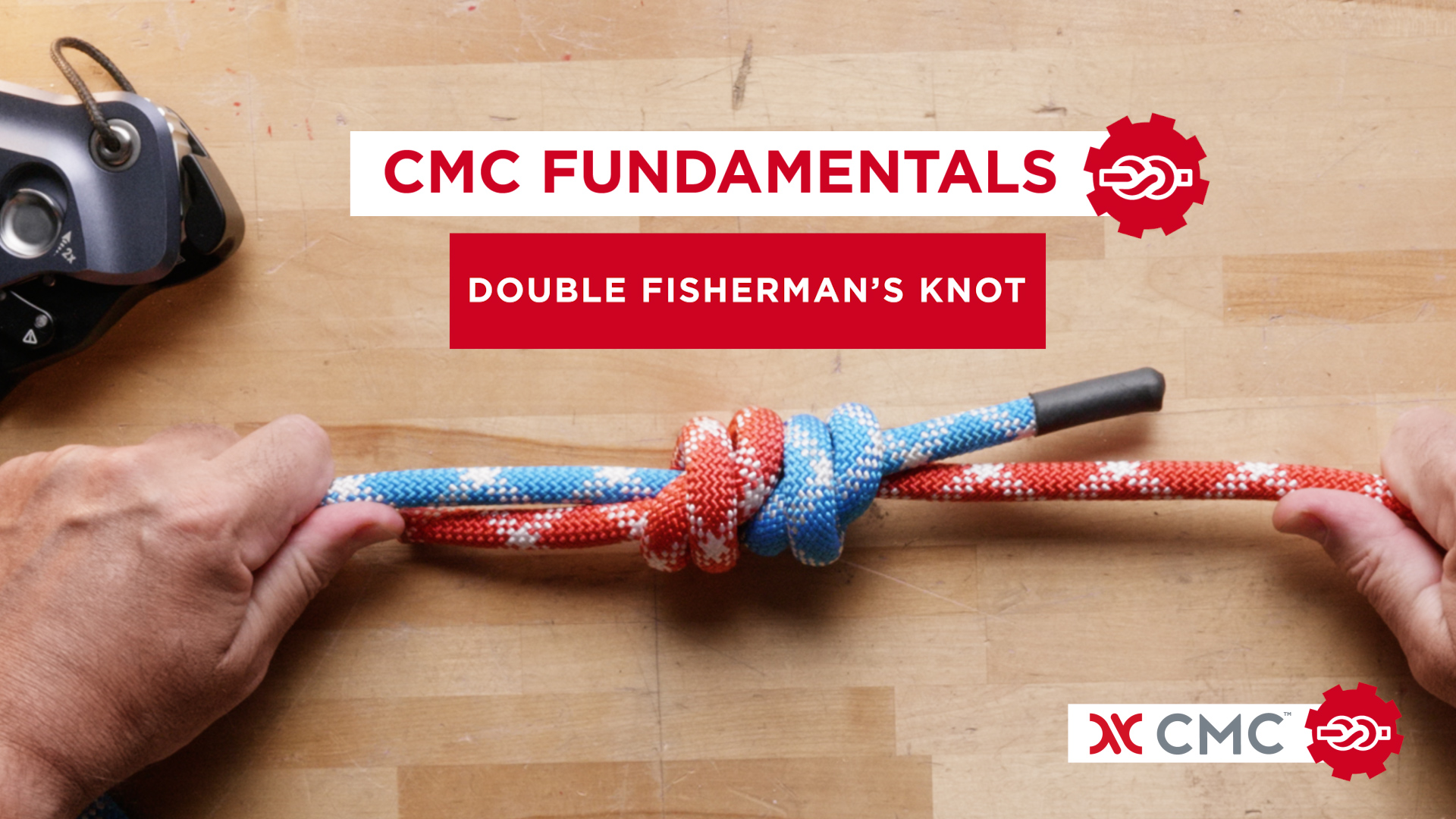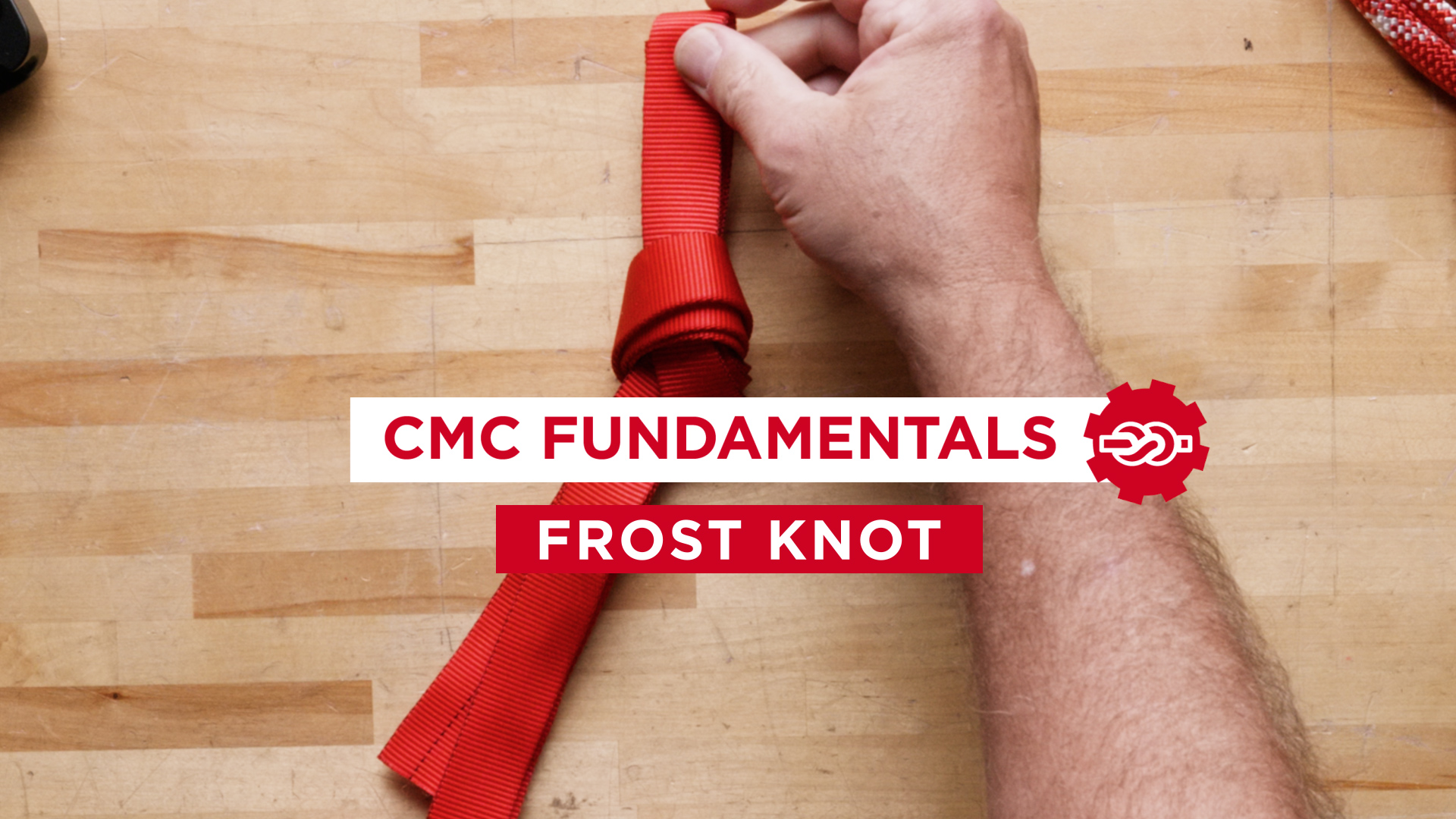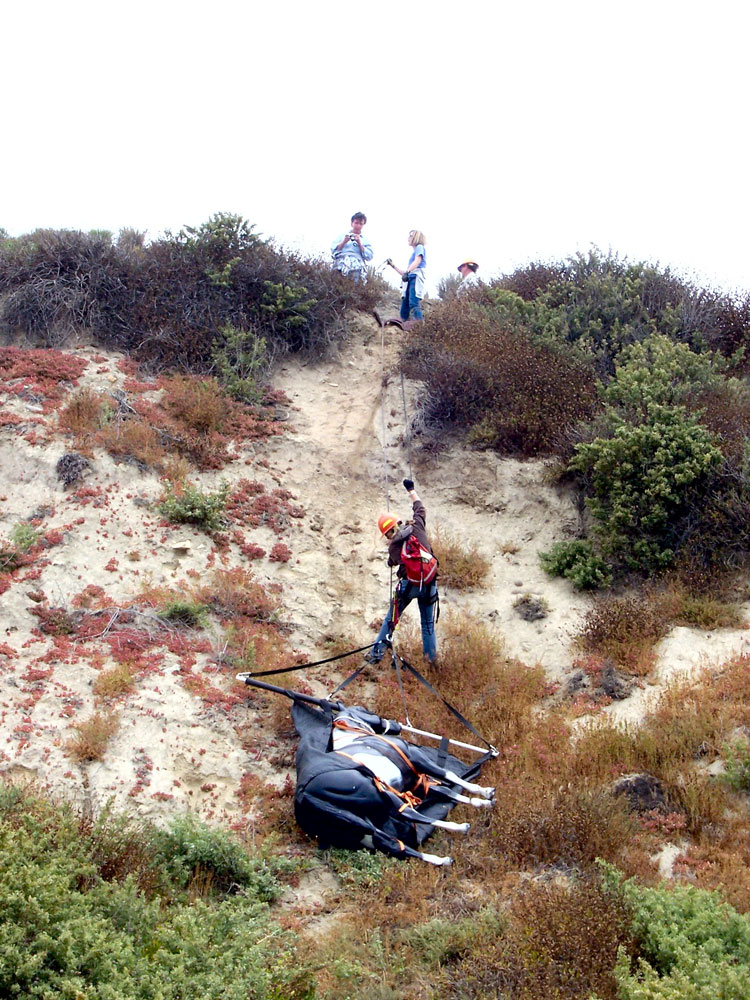
Equine Rescue: It’s all in the Head!
Accidents or emergencies involving horses happen more frequently than you might think. While trained rescuers have experience responding to the needs of human victims, they have little or no training in assisting horses.
Santa Barbara Humane Society Equine Rescue Training.
While no two equine rescue incidents are the same and each requires different responses, there are a number of concepts consistent in any incident involving horses. This article addresses one of these concepts: the need to control the horse’s head.
First responders to an equine accident or emergency need to condition themselves to make sure that upon arrival at the scene they to do several things after establishing proper scene safety and before planning a strategy. The first is to ask if a veterinarian has been contacted; the second is to control the horse’s head, which needs to be done both physically and mentally.
The person at the equine’s head will be a key player and should be able to recognize the signs of stress and know methods of soothing the animal. The mental aspect of the job requires the individual to be calm and be able to talk to the animal in a normal, reassuring manner. Physically holding a horse’s head can be a tiring job whether you are restraining it or supporting it.
To physically restrain a horse, you must control the head. A flailing head is dangerous to the animal and the people around the animal’s head. If all you have to restrain a horse is a length of rope, use it to secure both the throat latch and the muzzle. If you have a halter and a lead line, keep a short lead on the line. Never make it possible for some one to step over the lead line between you and the horse.
Sometimes it will be necessary to keep a horse that is lying down from attempting to get up. This can be accomplished by kneeling down behind the horse and placing one knee on the animal’s neck at the throat latch (where the neck and head meet); maintain a slight pressure. If the animal begins to struggle, you can lift the muzzle by pulling up the front of the halter. Release the halter pressure as soon as the horse stops struggling. Do not release the pressure on the neck until you are ready for the animal to get up.
For mental control, there are several points of contact on the animal that can be massaged while talking to the horse, which will help keep the animal from going into shock. Each point may or may not work with any one animal.
Figure 1
Gently rubbing the very tips of the ears in the direction the hair grows (see Figure 1) will have a calming effect, but only if the horse does not mind having its ears touched! Or the upper gums of the mouth can be massaged. Using the thumb to rub the gums where the tight skin of the gums and the soft inside skin of the upper lip meet can also have a calming effect (Figure 2). Again this might not be the spot for a particular horse.
Figure 2
If the horse has a tendency to bite out of fear I would not put my hand in front of its teeth. Standing in front of a horse while people work around the animal, the person controlling the head can place their thumb in the nostril of the animal (Figure 3) and rub the outer skin of the nose between the thumb and the index finger at the upper outside edge of the nose. (You will notice a dry pocket area at the top of the nostril.)
Figure 3
Some horses just have a problem with people touching them on the head, period. The best spot to begin is the soft part of the throat in between the two jawbones. If you will not be in the way of the other workers, you can stand to the side near the shoulders and scratch the withers (at the rise on the horse’s back where the long hair of the mane ends) in a 4-inch circular motion.
During this highly stimulated condition, it is important that you do not add to the horse’s stress by doing the wrong thing with the best of intentions. The aforementioned physical contacts are done with gentle calm rubbing or scratching motions, not a patting. The voice should be a reassuring normal conversational tone, neither loud nor a whisper.
When you are the person controlling the head, you should block out general requests for assistance. You are committed. Do not drop the lead and run to get a blanket that someone calls for. Let someone else do it; your job is too important! If you’re the one to delegate this job to someone when you arrive on scene, keep checking with that individual so they are reminded of the importance of what they are doing. By making sure that there is always someone at the head of the animal you will reduce the risk of failure as well as of further accidents.
by Timothy B. Collins
Tim Collins has been in the horse industry for more than 30 years. He is currently employed by the Santa Barbara Humane Society as a technical animal rescue specialist, instructor and humane investigator. Tim travels and puts on seminars and workshops on emergency preparedness and technical rescue training for those who will respond to accidents involving horses. He has participated in the development of two courses addressing animals in disasters for the Federal Emergency Management Agency and also designs equine rescue equipment. For further information, contact him at (805) 964-4777 or timcollins@sbhumanesociety.org.

